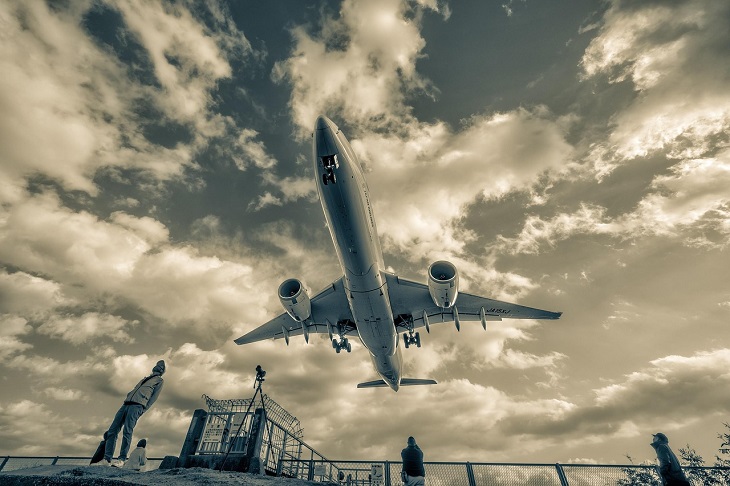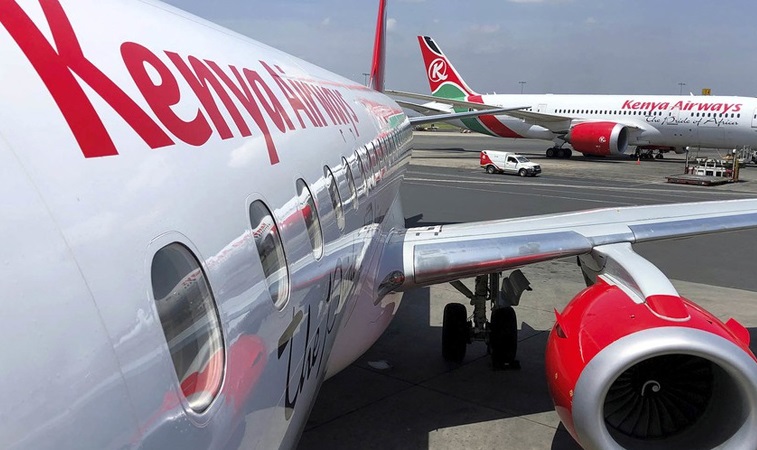Air travel remains a critical driver of economic growth, tourism, and regional integration. Yet, for many Kenyans and international visitors, the experience is still expensive, inconvenient, and at times frustrating. While the aviation sector has made strides in safety and digital transformation, we must now focus on breaking down the barriers that continue to hold back progress.
One of the most pressing issues is the high cost of flying. For many travelers, air travel remains out of reach. Airlines operate under global economic pressures that drive up fares. Rising fuel prices, high taxes, airport fees, and the cost of aircraft maintenance all contribute to this challenge. These factors, while complex, must be addressed if we want air travel to be accessible for more people and to achieve the targeted five million visitors to Kenya. Governments can play a key role by revisiting tax structures and creating incentives that help airlines lower their operational costs.
The situation is not much better for international travelers. Beyond high fares, they often face visa challenges and limited flight connectivity across the continent. It is easier to fly from Nairobi to Europe than it is to reach some African capitals. This disconnect slows down not just tourism, but trade and intra-African cooperation. While there have been efforts to open up airspace across the continent, implementation has been slow and inconsistent.
This lack of access is especially damaging to our tourism sector. Take Mombasa, for example. It is a top-tier beach destination, yet it remains underserved by direct international flights. Most tourists must first land in Nairobi before connecting to the coast. This adds cost, time, and hassle, and ultimately makes Kenya less competitive compared to destinations with more direct access. Opening Mombasa and other coastal airports to more international routes would be a major boost for the local economy and improve the overall travel experience.
Kenya has set an ambitious target of welcoming 5 million tourists annually, a milestone that will require more than marketing campaigns. To reach this goal, we must reimagine how travelers access and move within our borders. Easier air connectivity will play a central role. If visitors can enter the country more smoothly, fly directly to major tourist hubs, and enjoy affordable domestic connections, the overall experience will improve, and word-of-mouth promotion will do the rest. Air travel must support, not hinder, our national tourism aspirations.
To tackle these issues, we need smart, people-focused policies. Reducing aviation taxes and fees, streamlining visa processes, and investing in airport infrastructure will create a more efficient ecosystem. Liberalizing our skies will encourage competition, reduce fares, and expand route networks. But this must be done responsibly, with protections in place to ensure local carriers can remain competitive.
As Chairman of KATA and the Managing Director of Hemingways Travel, I have seen the real impact of these barriers on both leisure and corporate travellers. We, as part of the industry, are actively engaging with the government and regional agencies to push for reforms. We aim to create a travel environment that is affordable, efficient, and welcoming. We are also strengthening our partnerships with international travel associations to raise Kenya’s visibility as a travel hub.
The issue of high airfare in East Africa is particularly urgent. Compared to regions like Southeast Asia, our fares are among the highest in the world. This is largely due to limited airline competition and costly regulatory environments. Learning from low-cost carrier models elsewhere can offer valuable lessons. Governments can reduce taxes while local airlines explore route sharing and better fleet utilization to bring down prices.
Technology is also changing the way we travel. From online bookings and mobile payments to AI-powered customer service, the traveler experience is evolving fast. These tools make it easier to plan, book, and navigate journeys. Innovation should be at the heart of how we modernize Kenya’s travel industry.
Public-private partnerships will also play a crucial role. By working together, the government and the private sector can improve connectivity to underserved regions like the coast and northern Kenya. These collaborations can bring in investment, create jobs, and promote inclusive growth across the country.
Kenya is ready for a more open skies policy, but it must be implemented thoughtfully. A phased approach with support for local airlines will ensure a healthy balance between global competition and national interests.
Our airline and aviation stakeholders, the message is simple: focus on the traveler. Prioritize affordability, expand connectivity, invest in customer service, and embrace digital tools. These steps will go a long way in transforming the travel experience.
Looking ahead to 2030, I see a Kenya that is deeply connected by air, where travel is not just a luxury but a practical choice for more citizens. Reaching that vision will take bold decisions, smart investment, and strong collaboration. The time to act is now.
Related Content: Kenya Airways Bags Four Prestigious Wins At The 2025 World Travel Awards
Hemingways Travel Managing Director & Kenya Association of Travel Agents (KATA) Chairman, Dr. Joseph Kithitu











